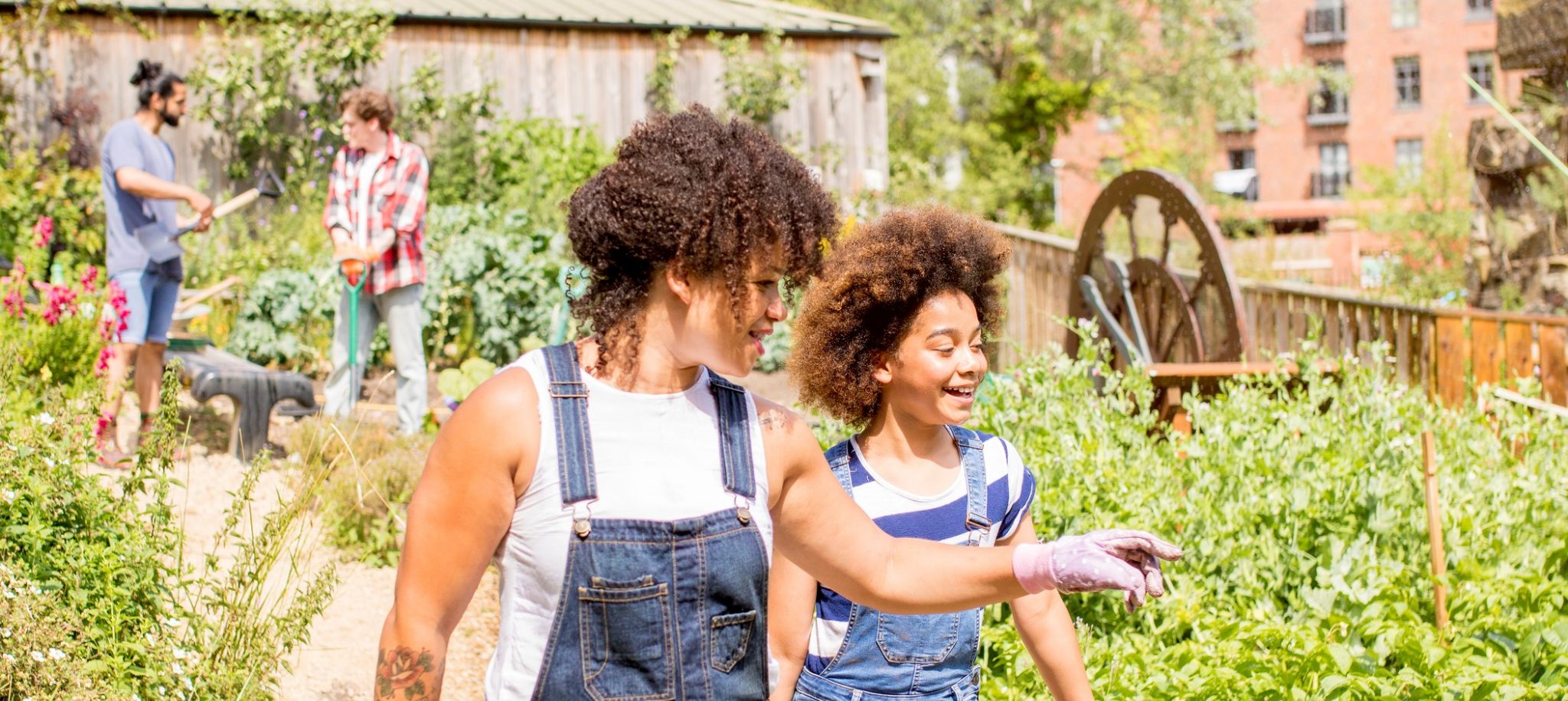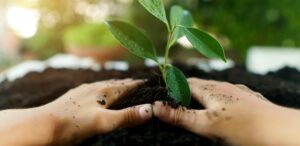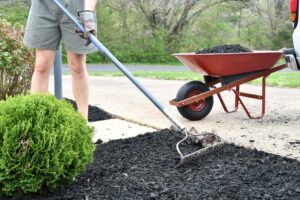A big movement begins with just one person making a difference.
With 7.5 billion people calling Earth home, creating a cleaner, more sustainable environment probably seems like a daunting task, but what happens if we start by working on ourselves and our own neighborhood first? Your positive environmental impact, while seemingly small in scale, would be the first step to fostering better habits and, in turn, building the home we all deserve.
According to the EPA, environmental stewardship is defined as being responsible for environmental quality for everyone in that environment. Environmental stewardship conserves natural resources, combats pollution, and protects biodiversity, but most importantly, it means we protect and sustain our environment for future generations.
The best part? Helping the environment can be ridiculously easy, and oftentimes involves small lifestyle adjustments that can yield big results.
Are you ready to make your community a better place? Here’s your crash course on how to dive into your new role as an environmental steward.
Ditch the Bottled Water
Any person reading this has probably used a plastic water bottle at some point—and for reasonable purposes! Bottled water can be convenient and easy to consume, but the waste produced from those plastic bottles is profound
Right now, our planet is consuming one million plastic bottles a minute, with only nine percent of those bottles ever getting recycled. In addition to leftover plastic being wasted, significant amounts of oil, energy, and resources, not to mention the emissions of transporting those bottles of water – help contribute to the pollution of our world and neighborhoods as well.
Breaking the convenience of a bottled water habit can be a challenge, but it can be done! A great start is to make a one-time investment in a filtered water pitcher or reusable water bottle, letting you drink clean, filtered water from the local tap. Additionally, keeping a reusable bottle with you to the gym, to work, or even while you’re busy at home, will keep you hydrated without bottled water’s negative impact on the environment. Plus, this new eco-friendly habit will be better on your wallet, too!
Recycle, Recycle, Recycle
It’s a trope, but it’s a seriously easy way to help out the environment!
We aren’t only talking about paper, cans, and bottles here. You should also consider recycling batteries, glass, and used technology, too (here are some tips on how to safely recycle old electronics).
If you’re new to recycling and need a few tips to turn it into a full-fledged, effortless habit, consider a few hacks:
- Install the Waste Wizard app to create reminders on putting your out the recycling bin for collection.
- Put friendly little reminders on your trash can such as “recycle me!”
- Purchase products that use less packaging or utilize recyclable materials in their packaging.
- Familiarize yourself with what can and can’t be recycled, and what goes where.
- Find your local recycling centers to easily dispose of recyclable items that don’t belong in your curbside bin.
Buy Local Food (Or Grow Your Own)
Whether it’s from a local farmers market or a community-supported agriculture program, getting food that’s grown close to home cuts back on transportation emissions and other effects that often come from delivering food from across the country. In fact, semi-trucks like those bringing blueberries, bananas or watermelon from other parts of the country to your local grocery store account for 11% of carbon emissions!
If locally-sourced food is hard to come by, consider working with your neighbors to start a community garden. This is a great way to extend your environmental stewardship and train others to do better for the world.
Bring Your Own Plastic Alternatives
Plastics have made modern life more convenient, but future life will struggle if we continue to rely on single-use plastics. We use about 100 billion single-use plastic grocery bags and billions of plastic straws every year. Neither of these plastics is recyclable in a single-stream system, which means it’s on us to use less of these wasteful items.
You can reduce plastic waste by keeping a few canvas tote bags in your car, leaving them ready to go for the grocery store, retail, and other shopping trips. You can also purchase metal straws for use at home or eating out. Your iced coffee will still taste the same, we promise!
Start a Zero Waste Challenge
The Zero Waste movement is trying to eliminate any and all waste from our daily lives. While this might not be realistic to do all of the time, challenging yourself to produce zero waste for even a short period of time can instill sustainable habits that reduce the waste you produce overall. Doing simple things, like canceling paper mail and opting for electronic correspondence, can be the first step towards a zero-waste lifestyle.
Change Your Mode Of Transportation
Fossil fuel transportation still accounts for 27 percent of greenhouse gas emissions. If you’re using your car to make quick trips to the grocery, to the gym, or elsewhere, ask yourself if it’s possible to use alternate means. Examples can include walking, taking public transportation, hopping in a rideshare or taking a bike. If an alternative mode of transportation is available, make the switch to reduce your carbon footprint and improve the quality of air in your community.
Start Composting
Did you know that we produce nearly 60 billion pounds of food scraps each year? To stop all that stuff from ending up in landfills, consider cultivating compost instead. According to the EPA, around 30% of what we throw away can be composted instead. Compost and compost products are beneficial to the soil we grow our food in, reduces the need for chemical fertilizers, and reduces methane emissions from landfills, all of which helps to reduce your personal carbon footprint. It’s a win-win for the environment, your community, and your backyard!
You can compost most organic materials, ranging from fruits and vegetables to coffee grounds and tea bags, and to anything yard-related like grass clippings and leaves.
To get started, all you need are three things: some brown organic material, some green organic material, and water. Mix dead leaves, branches, or twigs with grass clippings, vegetable scraps, or fruit peels. Then add water. You can also check if your local waste service provider offers composting.




